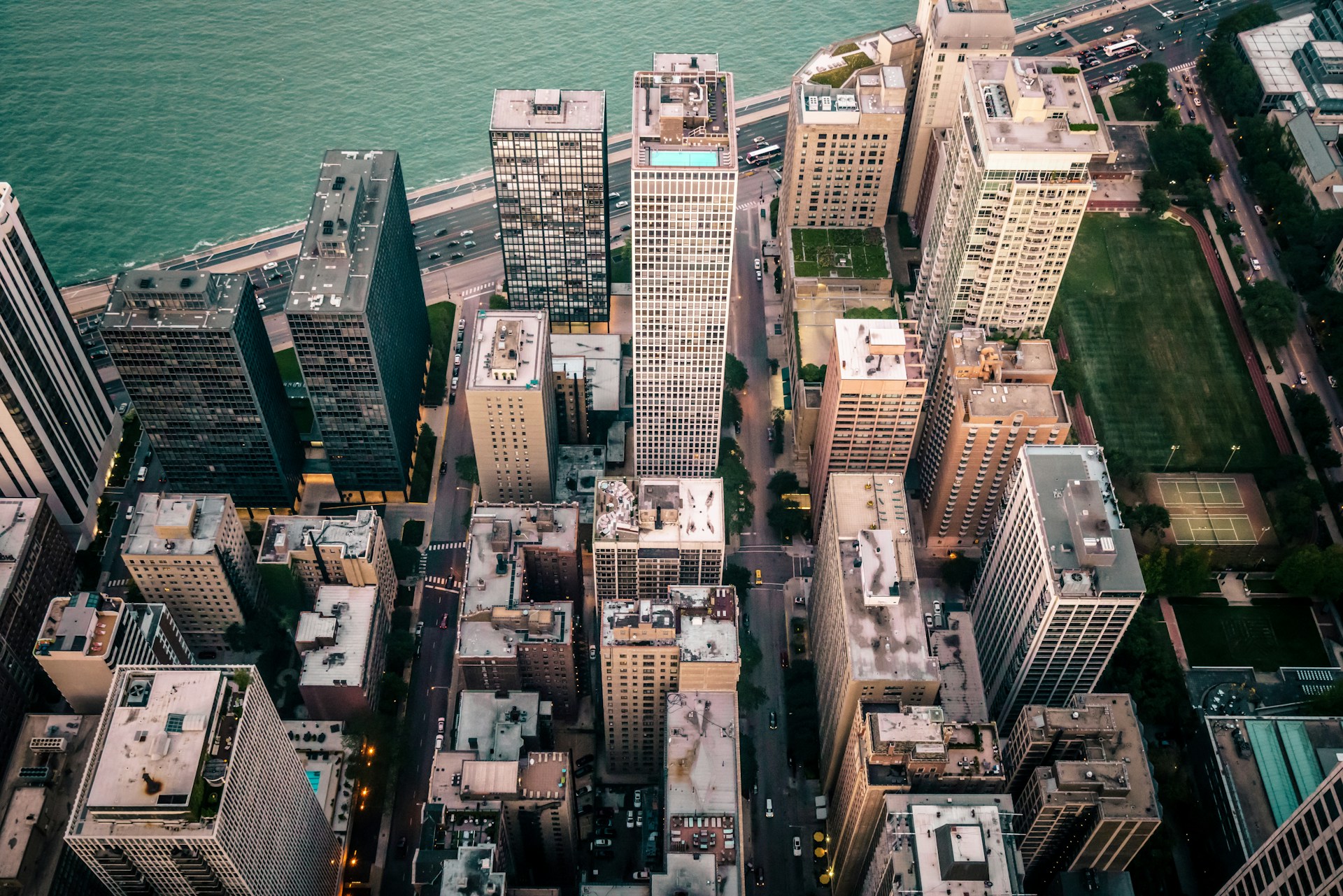Tell us about where you grew up and tell a special high school memory/story.
I was born and raised in Los Angeles and went to Santa Monica High School; high school was a lot of fun and I have friends from that time that have become like family to me. I played soccer, loved history and English, and played cello in my high school symphony orchestra. During the summer of my junior year, the orchestra toured Spain, which was amazing. We even got a chance to play at the Palau de la Música Catalana, one of the world’s most beautiful venues.
Tell us a bit about the industry you are in and the work you focus on.
I’ve been in the arts for the past 20+ years working at small community art centers, national museums, performing arts organizations, and local arts agencies. I also have two master’s degrees in art administration and urban planning, so my professional work has been largely focused on how to help individuals and communities succeed through the arts. As Commissioner at DCASE (Department of Cultural Affairs and Special Events – City of Chicago), we do this by providing grants and resources to creative workers and organizations, supporting the special event and film industries, producing programs in neighborhoods and at Millennium Park and the Chicago Cultural Center, implementing cultural policy, and running the city’s public art program.
Share with us a special moment in your work career that shows the impact you have and/or a funny moment.
I’m incredibly proud of the progress that the City and DCASE has made in the last year to support the arts and culture sector which has seen and continues to face challenges because of the COVID-19 pandemic. In 2022, unprecedented investment in DCASE increased direct support for the arts sector from $2.7 million to $12.7 million through various grant programs. Overall, DCASE granted more than 630 grants across seven programs, a 25% increase in the total number of grants awarded in 2021. DCASE grantees are now more reflective of the city of Chicago – 60% of Individual Artists Program grantees are Black, Indigenous, and People of Color (BIPOC) as compared to 38% in 2016; grants to BIPOC-led organizations increased by 13% over 2021 and organizations on the South and West sides increased by 6%; and grants were awarded to artists and arts organizations in all 50 wards in 2022, compared to only 35 in 2016.
What advice do you give to women starting their careers in your industry?
I’ve been fortunate throughout the course of my career to have been mentored by some of the most talented and influential women in the arts. These women were constant sources of inspiration, who helped clear a path for me, but also weren’t afraid to give me constructive feedback when I needed it. It’s important to build a strong network of people you admire and who also care about you. In the arts, whether you choose a path in the for-profit or nonprofits sector, or in government like me, you need to be able to write and speak well. Being a good, compassionate person and an effective communicator will take you a long way.
What are some struggles that you have as a woman in your respective industry?
Growing up, like a lot of other women and people of color I know, I was constantly reminded that being good wasn’t enough; I needed to be excellent if I was going to have and achieve the life I wanted. Fortunately, this career I’ve chosen is a gift; I feel like I understand my purpose when I go to work and see something beautiful come to life. If I need to work harder to get things done, it’s OK because the harder I work, the better the outcomes are for people, our communities, and our city.
Newsletter side title
Newsletter section title
Newsletter content


